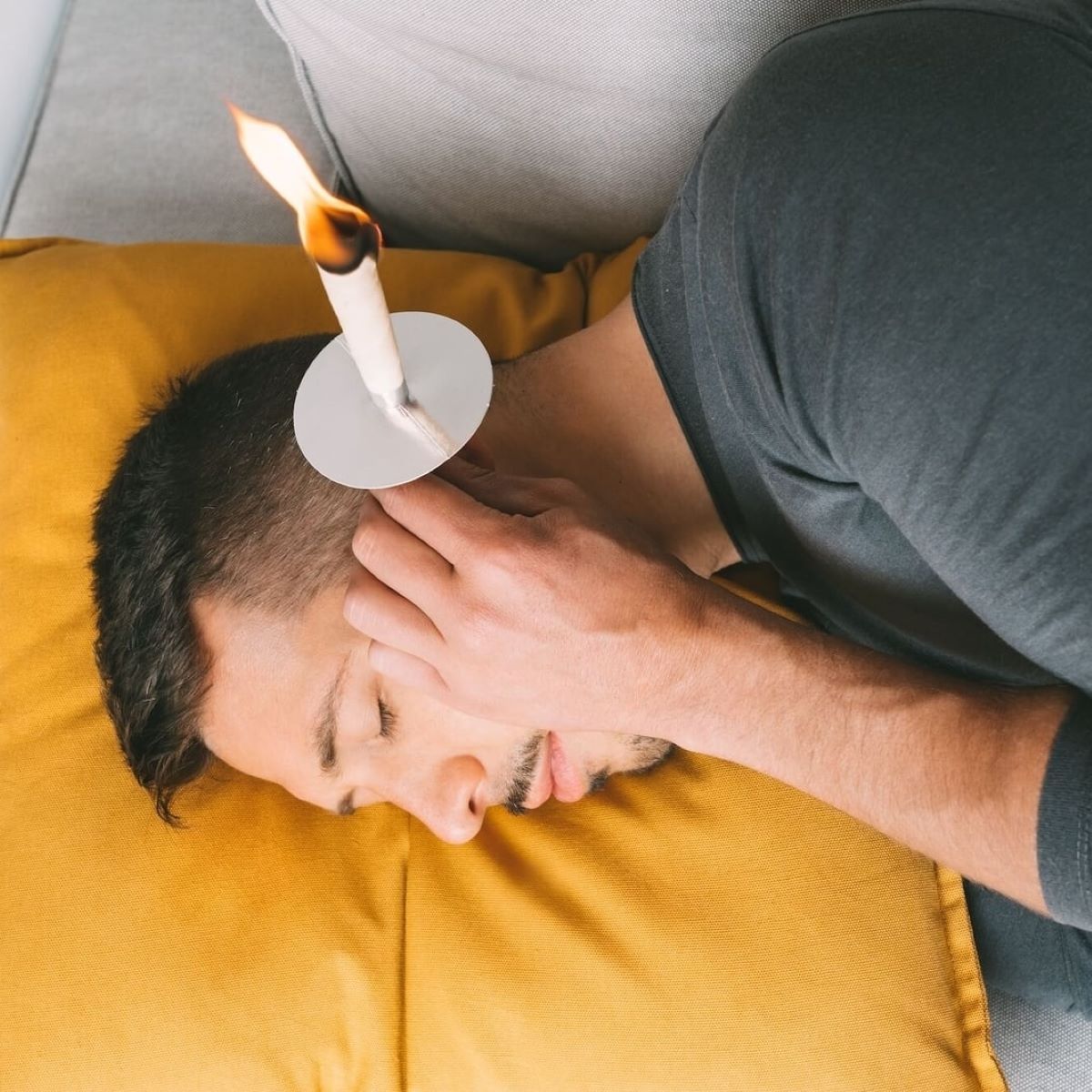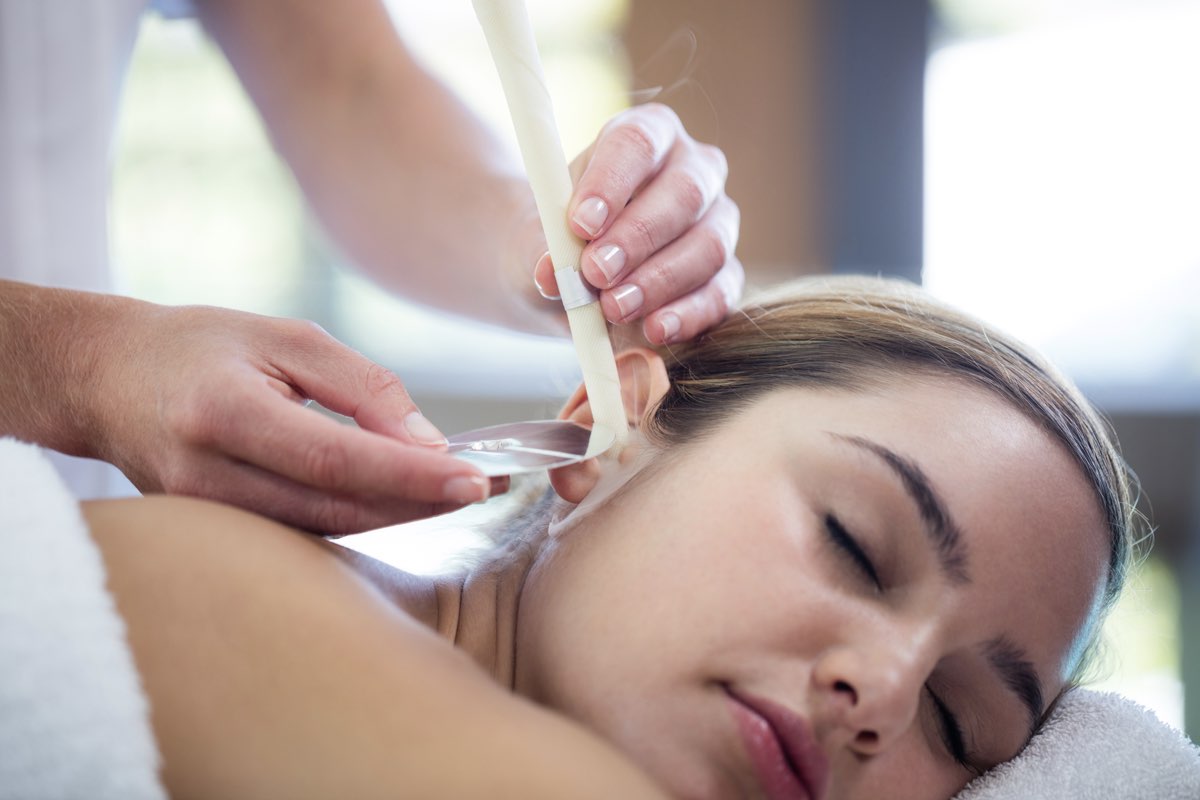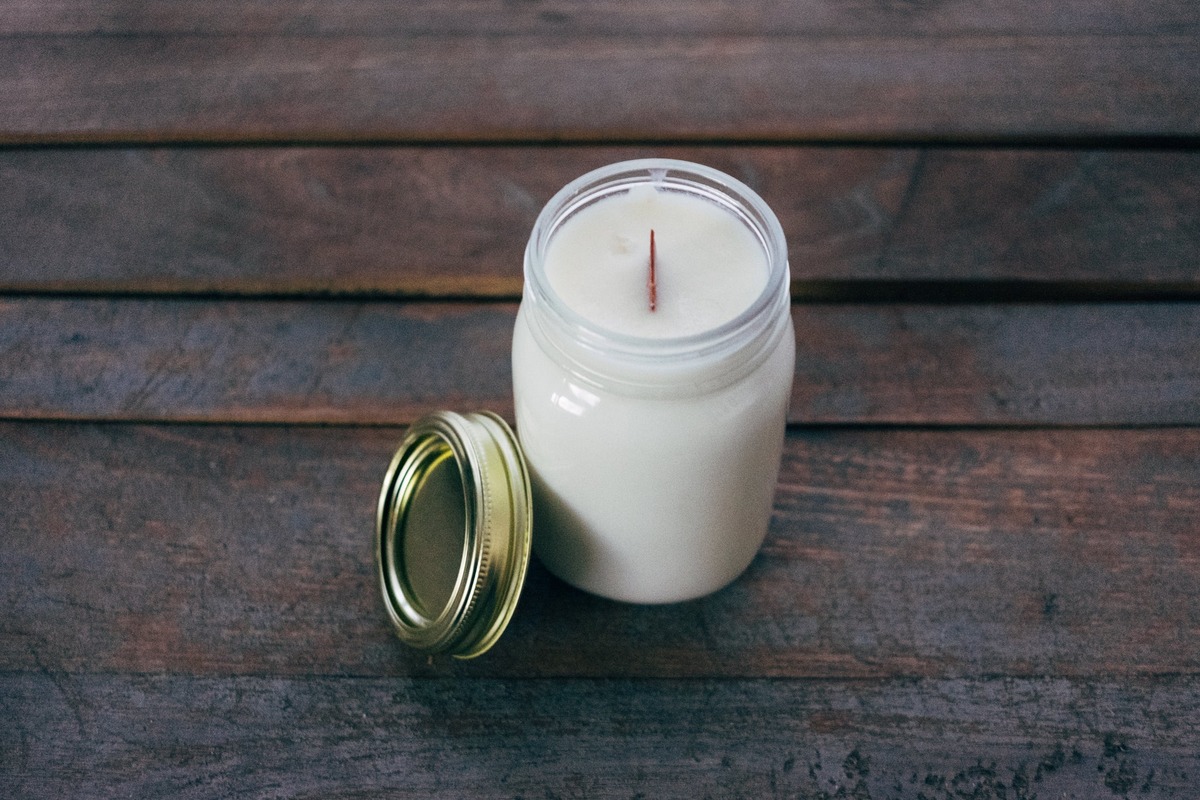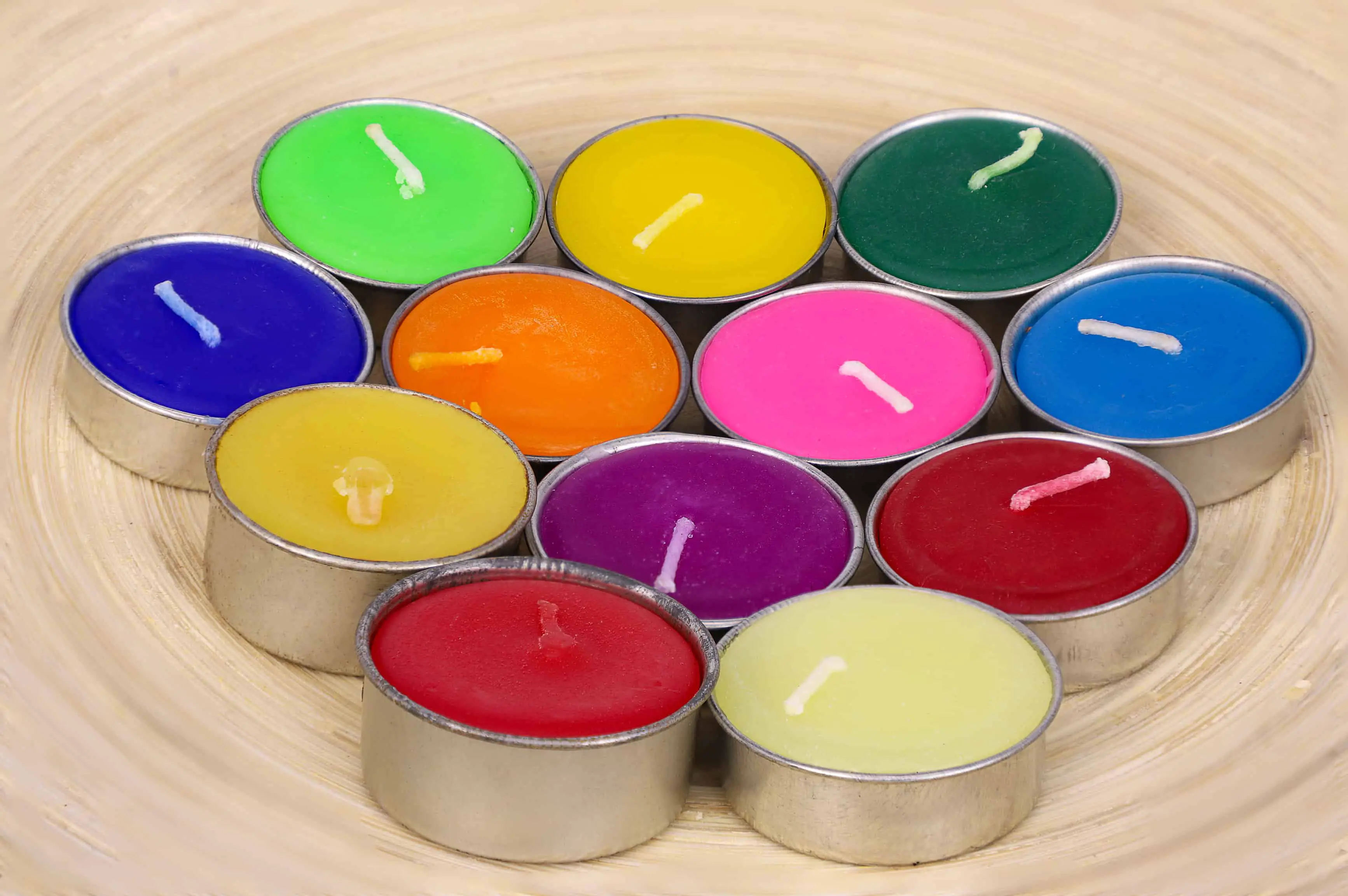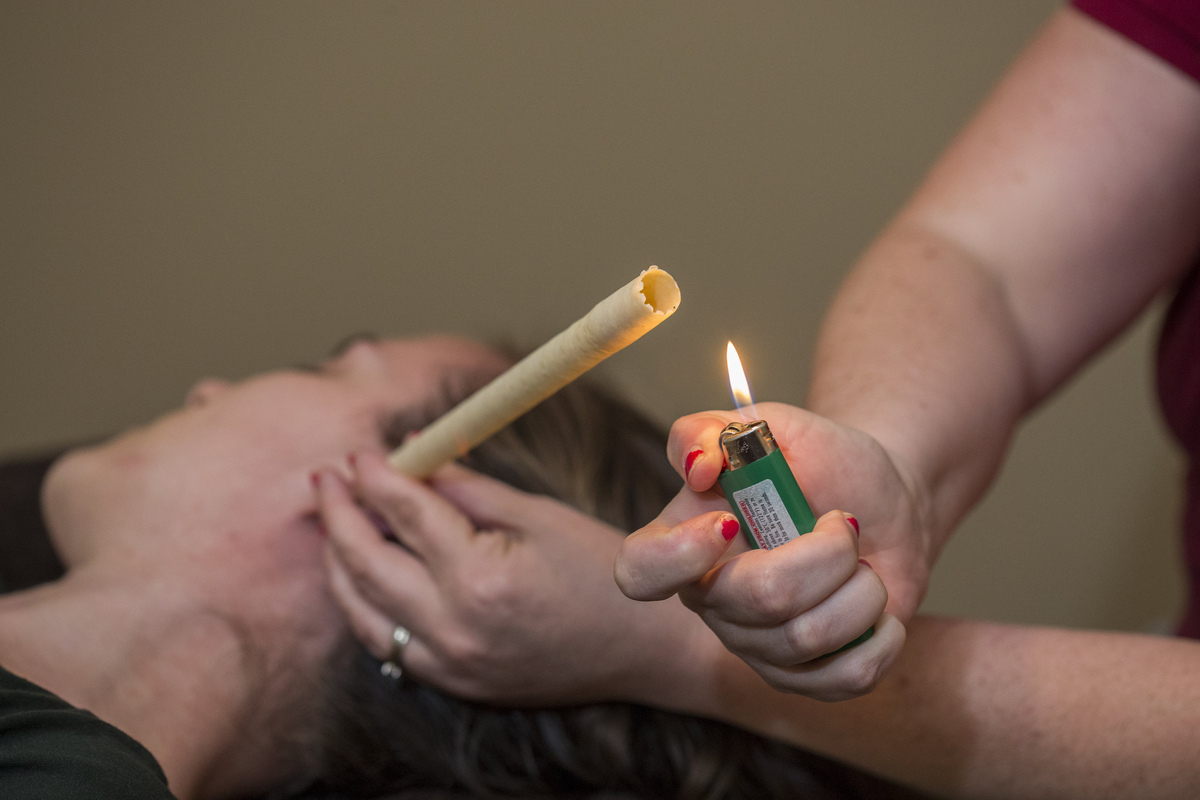

Articles
How Often Can You Use Ear Candles
Modified: January 5, 2024
Discover how often you can safely use ear candles with our informative articles. Get expert advice and guidance on this popular alternative therapy.
(Many of the links in this article redirect to a specific reviewed product. Your purchase of these products through affiliate links helps to generate commission for Storables.com, at no extra cost. Learn more)
Introduction
Ear candles have been used for centuries as a natural remedy for various ear-related issues. They are believed to help remove excess earwax, improve hearing, and promote overall ear health. However, there is some debate surrounding the effectiveness and safety of ear candles.
In this article, we will delve into the world of ear candles, exploring what they are, how they work, and the frequency at which they can be used. We will also discuss important factors to consider before using ear candles and potential risks associated with their use. By the end of this article, you will have a better understanding of ear candles and whether they are suitable for your ear care routine.
Key Takeaways:
- Ear candles have a long history as a traditional remedy, but their effectiveness and safety are debated. Prioritize safety and consult a healthcare professional before considering their use.
- Excessive use of ear candles can disrupt the ear’s natural self-cleaning mechanism and pose potential risks. Seek personalized recommendations from healthcare professionals for safe and effective ear care.
Read more: How Often Can You Use A Tanning Bed
What are Ear Candles?
Ear candles, also known as ear cones or auricular candles, are hollow tubes made from a combination of beeswax, paraffin wax, or soy wax. They usually range in length from 10 to 15 inches and are tapered at one end to fit into the ear canal. The other end of the candle is typically lit and placed outside the ear.
Ear candles have been used for centuries in various cultures, including Native American, Egyptian, and Chinese, as a traditional remedy for cleaning the ears and promoting well-being. They are claimed to draw out earwax, impurities, and toxins from the ear canal through a process known as thermal convection.
There are different types of ear candles available on the market, with some infused with herbs or essential oils. However, it is essential to note that ear candles are not regulated by the Food and Drug Administration (FDA) and are classified as a complementary therapy rather than a medical treatment.
While the exact origins of ear candles remain unclear, the concept behind their use revolves around ancient healing practices and natural remedies for ear health. However, their efficacy and safety have been the subject of much debate and controversy within the medical community.
It is important to remember that ear candles should not be used as a substitute for professional medical advice and treatment. If you have any concerns about your ear health or excessive earwax, it is advisable to consult with a qualified healthcare professional.
How do Ear Candles Work?
The mechanism by which ear candles are claimed to work is through a process known as thermal convection. According to proponents of ear candling, when the narrow end of the candle is inserted into the ear canal and lit, the heat from the flame creates a vacuum effect. This is believed to stimulate the production of warm air currents and negative pressure within the ear canal.
The negative pressure is said to draw out impurities, excessive earwax, and debris from the ear canal, which then adheres to the inside of the hollow candle. As the candle burns, it is supposed to create a gentle suction that promotes the removal of blockages and improves overall ear health.
It is important to note that there is limited scientific research supporting the claims made about ear candles and their efficacy. Several studies have suggested that any apparent effects attributed to ear candles are more likely due to the warm airflow and smoke created during the burning process, rather than any specific suction or cleaning action.
Furthermore, the ear canal is a delicate structure that requires careful and gentle cleaning. Inserting a lit candle into the ear canal poses potential risks, such as burns, injuries to the ear canal or eardrum, and the possibility of wax or debris being pushed further into the ear.
It is crucial to exercise caution and avoid using ear candles as a substitute for proper medical care. If you have excessive earwax or any concerns about your ear health, consult with a healthcare professional who can provide you with safe and effective treatment options.
The Frequency of Using Ear Candles
When it comes to the frequency of using ear candles, there is no consensus among healthcare professionals and experts. Some proponents of ear candling recommend using them every few weeks or once a month as part of a regular ear care routine. However, it is important to approach ear candling with caution and consider your individual circumstances.
It is worth noting that the natural process of earwax production and removal is self-regulating for most individuals. The ear has a self-cleaning mechanism that involves the migration of earwax from the ear canal towards the outer ear. In many cases, it is not necessary to intervene with additional ear wax removal methods like ear candles.
If you are experiencing symptoms of excessive earwax or a blockage, it is advisable to consult with a healthcare professional to determine the underlying cause. They can assess your condition and provide the appropriate treatment, which may include ear irrigation or the use of ear drops. In some cases, ear candling may be recommended as a complementary treatment, but this should always be done under the guidance of a healthcare professional.
It is essential to prioritize your ear health and avoid overusing ear candles. Excessive use of ear candles can lead to potential risks, such as burns, injuries to the ear canal or eardrum, and the disruption of the delicate balance in the ear. Therefore, it is crucial to follow the recommendations of a qualified healthcare professional and use ear candles sparingly, if at all.
Please remember that everyone’s ear health and wax production are unique. It is best to consult with a healthcare professional who can assess your specific needs and provide personalized recommendations for your ear care routine.
It is not recommended to use ear candles at all, as they can cause injury and have no proven benefits. It is best to seek professional medical advice for any ear-related concerns.
Factors to Consider Before Using Ear Candles
Before considering the use of ear candles, it is important to take into account several factors to ensure safety and effectiveness. Here are some key considerations:
- Consult a healthcare professional: Before using ear candles, it is advisable to consult with a qualified healthcare professional. They can assess your individual ear health and determine if ear candling is appropriate for you. They may also recommend alternative treatments or provide guidance on proper earwax removal techniques.
- Understand the risks: Ear candles come with potential risks, including burns, injuries to the ear canal or eardrum, and the possibility of pushing wax or debris deeper into the ear. It is essential to be aware of these risks and weigh them against the perceived benefits.
- Be cautious with pre-existing conditions: If you have any pre-existing ear conditions, such as a perforated eardrum, ear infections, or allergies, it is crucial to exercise extra caution. Ear candling may exacerbate these conditions or interfere with the healing process.
- Choose quality products: When purchasing ear candles, opt for reputable brands and ensure that the products meet safety standards. Look for candles made from natural materials and avoid candles with added fragrances or synthetic ingredients.
- Follow instructions carefully: To minimize risks and maximize potential benefits, it is important to carefully read and follow the instructions provided with the ear candles. This includes proper positioning, lighting, and handling of the candles to reduce the risk of accidents or injuries.
- Consider alternatives: While ear candles are a popular choice for some individuals, there are alternative methods for addressing excessive earwax or ear-related issues. These include over-the-counter ear drops, irrigation performed by healthcare professionals, or manual removal by a qualified ear care specialist.
Remember, the decision to use ear candles should be based on informed judgment and guidance from healthcare professionals. Individual circumstances and needs may vary, so it is essential to prioritize safety and seek professional advice when necessary.
Read more: How Do Ear Candles Work
Potential Risks and Safety Precautions
While ear candling may be perceived as a natural and harmless remedy, it is important to be aware of the potential risks involved. Here are some potential risks associated with ear candles and safety precautions to consider:
- Burns and injuries: One of the main risks of using ear candles is the potential for burns and injuries. The open flame and hot wax can cause burns to the skin, hair, or even the ear canal. It is crucial to handle the candle with extreme caution and ensure that it is positioned correctly during the process.
- Potential for eardrum damage: Inserting a lit candle into the ear canal can pose a risk of damaging the delicate structure of the eardrum. The pressure and heat generated by the candle can cause injuries to the eardrum, leading to pain, hearing loss, or other complications. If you have a perforated eardrum or any ear conditions, it is important to avoid using ear candles altogether.
- Ineffective wax removal: There is limited scientific evidence supporting the effectiveness of ear candles in removing earwax. In fact, studies have suggested that any apparent removal of wax is likely due to the warm airflow and smoke produced during the burning process, rather than any actual suction action. It is important to assess the efficacy of ear candling carefully and consider alternative, evidence-based methods for earwax removal.
- Potential for obstruction: There have been cases where ear candle residues or fragments have become lodged in the ear canal, causing blockages or further complications. This underscores the importance of using ear candles under the supervision of a healthcare professional and following proper instructions to minimize the risk of obstruction.
- Disruption of the ear’s natural processes: The ear has its own self-cleaning mechanism, which involves the migration of earwax from the ear canal towards the outer ear. The use of ear candles may disrupt this natural process and potentially lead to an imbalance in the ear. It is essential to consider the potential implications of interfering with the ear’s natural cleansing mechanism.
Given the potential risks associated with ear candles, it is essential to approach their use with caution. Before considering ear candling, it is crucial to consult with a qualified healthcare professional who can assess your ear health, provide guidance, and recommend safer alternatives for earwax removal or ear care.
Remember, prioritizing safety and seeking professional advice is paramount when it comes to your ear health. Do not hesitate to reach out to a healthcare professional if you have any concerns or questions regarding the use of ear candles or any aspect of your ear care routine.
Conclusion
Ear candles have been used for centuries as a natural remedy for ear health and wax removal. However, while they may have a long history as a traditional practice, their effectiveness and safety remain a subject of debate among healthcare professionals.
It is important to approach the use of ear candles with caution and be mindful of potential risks. Proper ear care should always prioritize safety and be based on informed decisions, taking into account individual circumstances and guidance from healthcare professionals.
While some individuals may find relief or perceive benefits from using ear candles, it is important to note that there is limited scientific evidence supporting their efficacy in earwax removal or ear health maintenance. The self-cleaning mechanism of the ear is generally sufficient for most individuals, and excessive use of ear candles can disrupt this natural process and potentially lead to harm.
If you have concerns about excessive earwax or ear-related issues, it is always advisable to consult with a qualified healthcare professional. They can assess your condition and provide personalized recommendations for ear care and earwax removal techniques that are safe and effective.
Ultimately, the decision to use ear candles should be based on individual judgment, taking into consideration the potential risks, lack of scientific evidence, and the availability of safer alternatives. Prioritizing your ear health and seeking medical advice when needed is vital to maintaining optimal ear health and well-being.
Remember, ear candles should never be used as a substitute for professional medical care. Rather, they should be approached as a complementary therapy under the guidance and supervision of healthcare professionals.
Be informed, be cautious, and prioritize your ear health above all else.
Frequently Asked Questions about How Often Can You Use Ear Candles
Was this page helpful?
At Storables.com, we guarantee accurate and reliable information. Our content, validated by Expert Board Contributors, is crafted following stringent Editorial Policies. We're committed to providing you with well-researched, expert-backed insights for all your informational needs.
